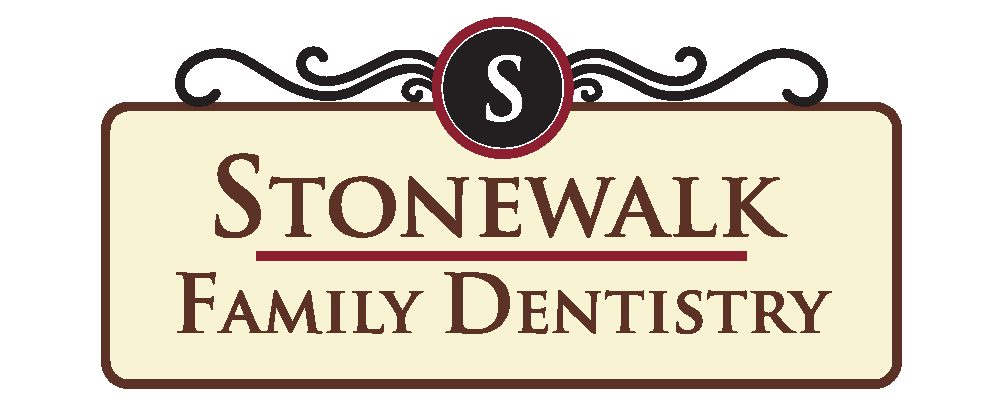Plaque Removal / Tartar Prevention Between Visits

Here’s a dentist joke for you: what is gross, sticky, and really bad for your teeth and gums? It’s plaque, which turns into tartar and can lead to all kinds of oral health problems. And, in reality, fighting back against plaque and tartar on your teeth is no joke! Plaque is one of the primary causes of tooth decay and gum disease, but not many people really know what it is or how to prevent it. So, here’s what you need to know about plaque and tartar — what it is, how to prevent it, and how to get rid of it between dental visits.
What is Dental Plaque?
Dental plaque is a colorless, sticky film that is constantly forming on your teeth. It develops because of the bacteria in your mouth, and it is most noticeable as the “fuzzy” or “grainy” feeling that you get if you run your tongue against your teeth if you haven’t brushed your teeth in a while. The bacteria in your mouth feed on sugars from the things you eat and drink, and they produce acids as a result. This combination of bacteria, acids, and sugars is what creates the plaque, which can cause cavities, gum disease, and tooth decay.
How Can You Remove Plaque from Your Teeth Between Dentist Visits?
Removing plaque from your teeth may be easier than you think. You should brush your teeth at least twice a day, once in the morning and once at night. You may also want to increase the frequency of brushing to after every meal, depending on what you eat (be careful not to brush immediately after eating acidic foods, as you can brush away softened enamel!). You should also floss daily (preferably after your last meal of the day) to remove any plaque that has built up between your teeth. Don’t forget to get under your gumline; your toothbrush won’t reach there.
Also, if you can, try to refrain from eating too many foods that are bad for your teeth, like sugary foods, starchy foods, sticky foods, acidic foods, and foods that dry out your mouth. You can’t remove all plaque and prevent any buildup, but you can minimize it. And the less plaque on your teeth, the less tartar that forms, meaning less scraping at your next dentist visit. Which leads us to the next question: what is tartar?
What is Tartar?
If dental plaque is allowed to stay on your teeth, it can harden and become tartar. Tartar can form at and under the gumline and irritate your gums. Plus, it serves as extra, more plaque-friendly surface area on which plaque can stick to, form, and grow. The more plaque you have on your teeth, the higher your chances are of developing tooth decay and gum disease. Unlike plaque, which is clear, tartar is usually a white, yellow, or even brown buildup that is easily noticeable if it is above the gumline.
Can You Remove Tartar Between Dental Visits?
Unfortunately, no. Only a dentist has the tools and knowledge needed to safely and thoroughly remove tartar buildup from your teeth. The best way you can take care of your teeth and prevent tartar buildup is to prevent that buildup from occurring in the first place by removing plaque buildup. If you consistently remove the plaque on your teeth (by brushing and flossing regularly), it doesn’t get the chance to harden and adhere to your teeth. Less plaque means less tartar, and that means less dental work at your next visit!
Schedule a Dentist Cleaning to Help Prevent Plaque and Remove Tartar
Not only will a dentist be able to remove any plaque and tartar buildup that is currently on your teeth, they can also work with you to develop a customized plan to prevent the buildup of both. If you’re ready to give your teeth a fresh start with a plaque and tartar removal cleaning, call us at (770) 777-1911 or fill out our online contact form to schedule an appointment today. We’ll help you clean up and brighten your smile.
More articles

2022
Bad Breath: Rumors, Truths & Misnomers
From the foods we eat, to the medicines we take, what we ingest from day-to-day has the potential to greatly affect our bodies – particularly our breath. When it comes to halitosis, the scientific name for bad breath, there are a number of bad breath causes that you may have never considered. In addition to proven causes and cures, bad breath rumors often circulate, making it difficult to determine fact from fiction when sifting through the helpful pieces of oral hygiene advice.

2022
Plaque Removal / Tartar Prevention Between Visits
Here’s a dentist joke for you: what is gross, sticky, and really bad for your teeth and gums? It’s plaque, which turns into tartar and can lead to all kinds of oral health problems. And, in reality, fighting back against plaque and tartar on your teeth is no joke! Plaque is one of the primary causes of tooth decay and gum disease, but not many people really know what it is or how to prevent it. So, here’s what you need to know about plaque and tartar — what it is, how to prevent it, and how to get rid of it between dental visits.

2022
How to Choose the Best Mouthwash for You!
Whether you are new to the different types of mouthwashes, you’re realizing the one you are using isn’t working out, or you just want to find something different, choosing the right type of mouthwash for you can be a daunting task. The oral health aisle at any store typically has a floor-to-ceiling selection of mouthwash options, all making different claims with different ingredients. To make your choice a little easier, here is our helpful guide for choosing a mouthwash that’s right for you.
